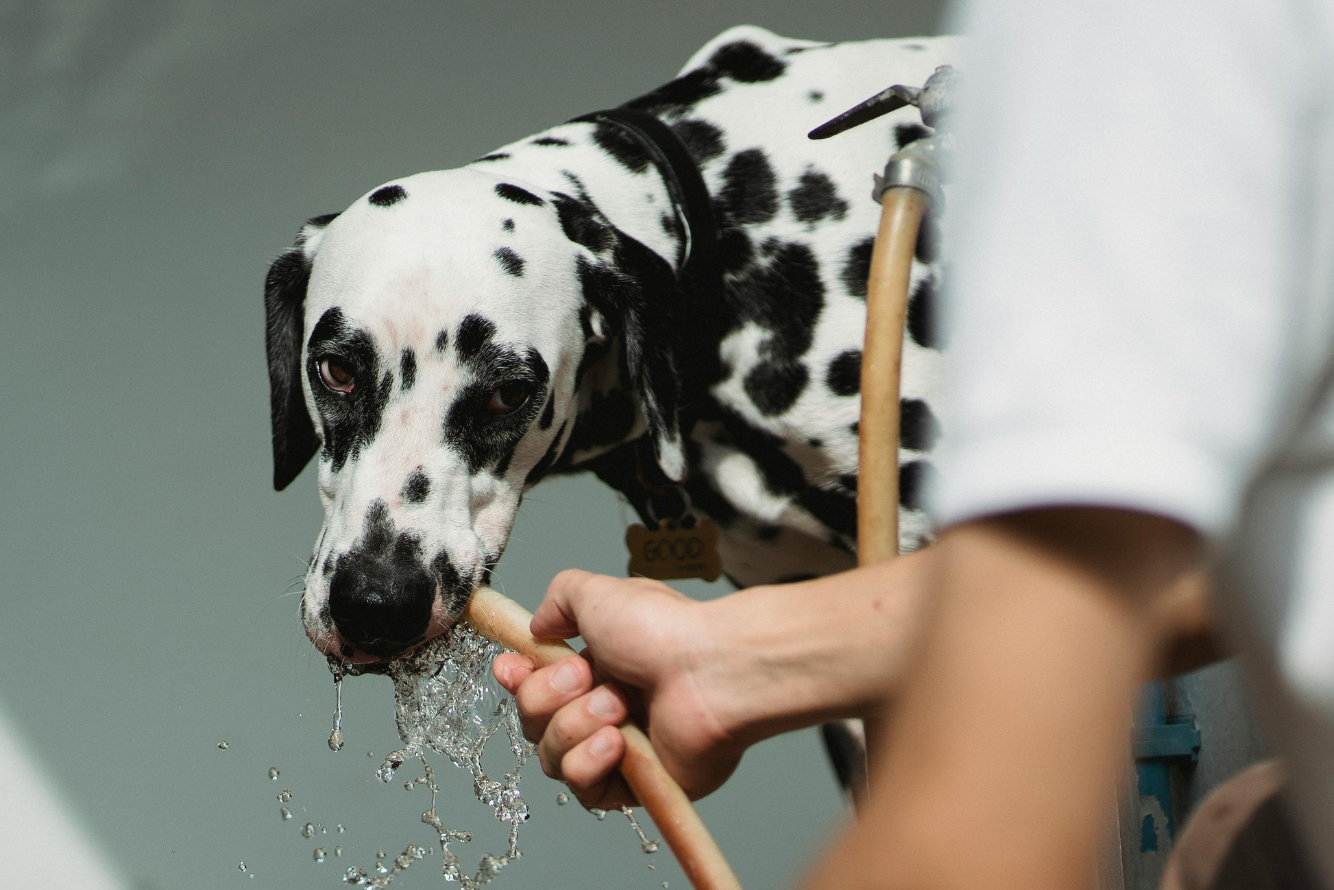It’s late summer in Illinois and that can mean extreme heat and high humidity. A dangerous combination for people and pets alike.
While we do all we can to keep ourselves and our families cool, let’s not forget about our four-footed friends. The best way to keep your pets safe during a heatwave is to follow these steps from the Humane Society:
Never leave your pet in a parked car
Not even for a minute! Not even with the car running and air conditioner on. On a warm day, temperatures inside a vehicle can rise rapidly to dangerous levels. On an 85-degree day, for example, the temperature inside a car with the windows opened slightly can reach 102 degrees within 10 minutes. After 30 minutes, the temperature will reach 120 degrees. Your pet could suffer irreversible organ damage or die.
Keep an eye on the humidity
“High humidity amplifies the negative impact of high temperature on your pet—and in combination, these factors magnify the danger zone,” says Dr. Barbara Hodges, DVM, MBA, of the Humane Society Veterinary Medical Association. “When animals pant, moisture from their lungs evaporates and helps reduce their body heat. But high humidity conditions hamper that process and their ability to cool themselves, and their body temperature can skyrocket—rapidly—to dangerous, or even lethal, levels.”
Limit exercise on hot days
Take care when exercising your pet. Adjust intensity and duration of exercise in accordance with the temperature. On very hot days, limit exercise to early morning or evening hours, and be especially careful with pets with white-colored ears, who are more susceptible to skin cancer, and short-nosed pets, who typically have difficulty breathing.
Be aware that asphalt gets very hot and can burn your pet’s paws, so walk your dog on the grass if possible. Always carry water with you to keep your dog from dehydrating.
Provide ample shade and water
Any time your pet is outside, make sure they have protection from heat and sun and plenty of fresh, cold water. In heat waves, add ice to water when possible. Tree shade and tarps are ideal because they don’t obstruct air flow. A doghouse does not provide relief from heat—in fact, it makes it worse.
Cats can also overheat on hot days and need water and access to shaded areas or an enclosed structure.
Cool your pet inside and out
Whip up a batch of quick and easy DIY pupsicles for dogs. And always provide water, whether your pets are inside or out with you.
Many dogs love to play in water, and having them run through a sprinkler or a safe dip in a small pool can instantly cool them off.
Keep your pet from overheating with a cooling body wrap, vest or mat. Soak these products in cool water, and they’ll stay cool (but usually dry) for up to three days. If your dog doesn’t find baths stressful, see if they enjoy a cooling soak.
Watch for signs of heatstroke
Extreme temperatures can cause heatstroke. Some signs of heatstroke are heavy panting, glazed eyes, a rapid heartbeat, difficulty breathing, excessive thirst, lethargy, fever, dizziness, lack of coordination, profuse salivation, vomiting, a deep red or purple tongue, seizure and unconsciousness. If you notice any of these symptoms, get your pet into a cooler environment by moving them into the shade or an air-conditioned area. Apply ice packs or cold towels to their head, neck and chest or run cool (not cold) water over them. Let them drink small amounts of cool water or lick ice cubes. Take them directly to a veterinarian.
Animals that are very old, very young, overweight, not conditioned to prolonged exercise, or have heart or respiratory disease are at particular risk for heat stroke. Some breeds of dogs—like boxers, pugs, shih tzus and other dogs and cats with short muzzles—will have a much harder time breathing in extreme heat.
These simple steps will help keep your pets happy and healthy during Illinois’ end of summer heatwave.
___________________________________
